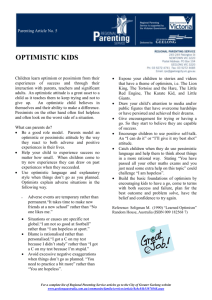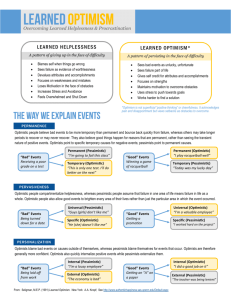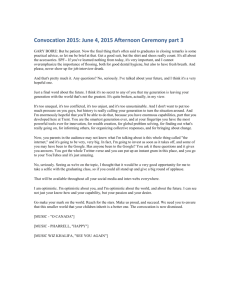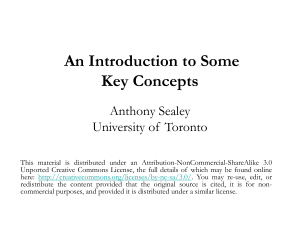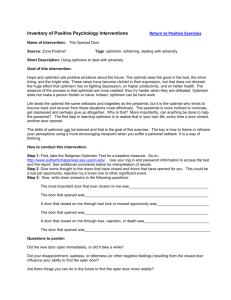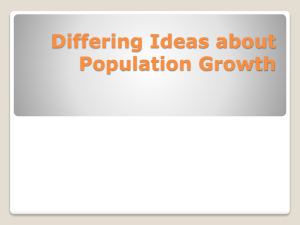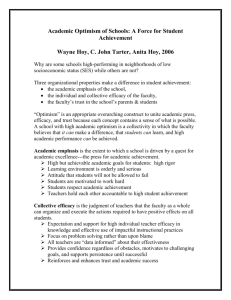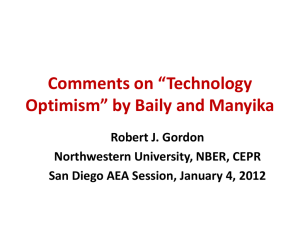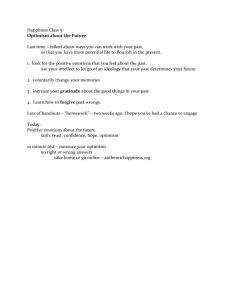A Functional approach to explaining fluctuations in future outlooks
advertisement
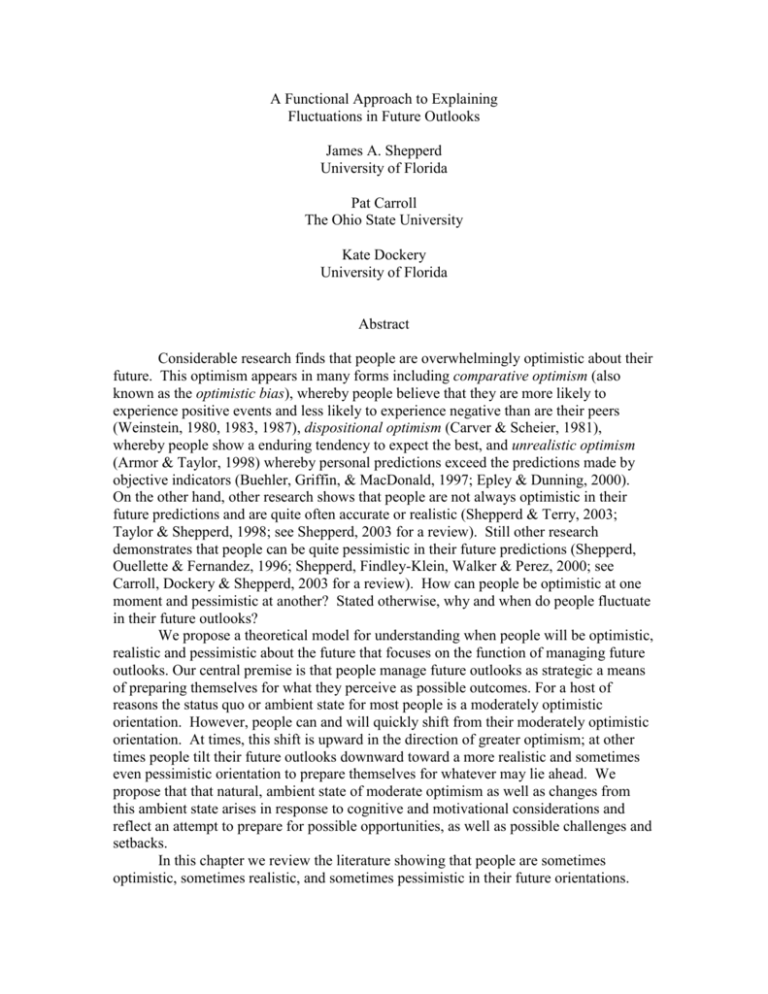
A Functional Approach to Explaining Fluctuations in Future Outlooks James A. Shepperd University of Florida Pat Carroll The Ohio State University Kate Dockery University of Florida Abstract Considerable research finds that people are overwhelmingly optimistic about their future. This optimism appears in many forms including comparative optimism (also known as the optimistic bias), whereby people believe that they are more likely to experience positive events and less likely to experience negative than are their peers (Weinstein, 1980, 1983, 1987), dispositional optimism (Carver & Scheier, 1981), whereby people show a enduring tendency to expect the best, and unrealistic optimism (Armor & Taylor, 1998) whereby personal predictions exceed the predictions made by objective indicators (Buehler, Griffin, & MacDonald, 1997; Epley & Dunning, 2000). On the other hand, other research shows that people are not always optimistic in their future predictions and are quite often accurate or realistic (Shepperd & Terry, 2003; Taylor & Shepperd, 1998; see Shepperd, 2003 for a review). Still other research demonstrates that people can be quite pessimistic in their future predictions (Shepperd, Ouellette & Fernandez, 1996; Shepperd, Findley-Klein, Walker & Perez, 2000; see Carroll, Dockery & Shepperd, 2003 for a review). How can people be optimistic at one moment and pessimistic at another? Stated otherwise, why and when do people fluctuate in their future outlooks? We propose a theoretical model for understanding when people will be optimistic, realistic and pessimistic about the future that focuses on the function of managing future outlooks. Our central premise is that people manage future outlooks as strategic a means of preparing themselves for what they perceive as possible outcomes. For a host of reasons the status quo or ambient state for most people is a moderately optimistic orientation. However, people can and will quickly shift from their moderately optimistic orientation. At times, this shift is upward in the direction of greater optimism; at other times people tilt their future outlooks downward toward a more realistic and sometimes even pessimistic orientation to prepare themselves for whatever may lie ahead. We propose that that natural, ambient state of moderate optimism as well as changes from this ambient state arises in response to cognitive and motivational considerations and reflect an attempt to prepare for possible opportunities, as well as possible challenges and setbacks. In this chapter we review the literature showing that people are sometimes optimistic, sometimes realistic, and sometimes pessimistic in their future orientations. We then present our model for understanding these fluctuations in future outlooks that underscores the function of managing perceptions of the future. Next we describe the cognitive and motivational underpinnings that contribute to the status quo of moderate optimism but also prompt changes to alternative future outlooks. We then review evidence supporting the model. Finally, we discuss the costs and benefits of different future outlooks and conclude with directions for future research. For copyright reasons, I cannot provide a link to the full chapter. If you wish a copy, send an email to shepperd@ufl.edu.
